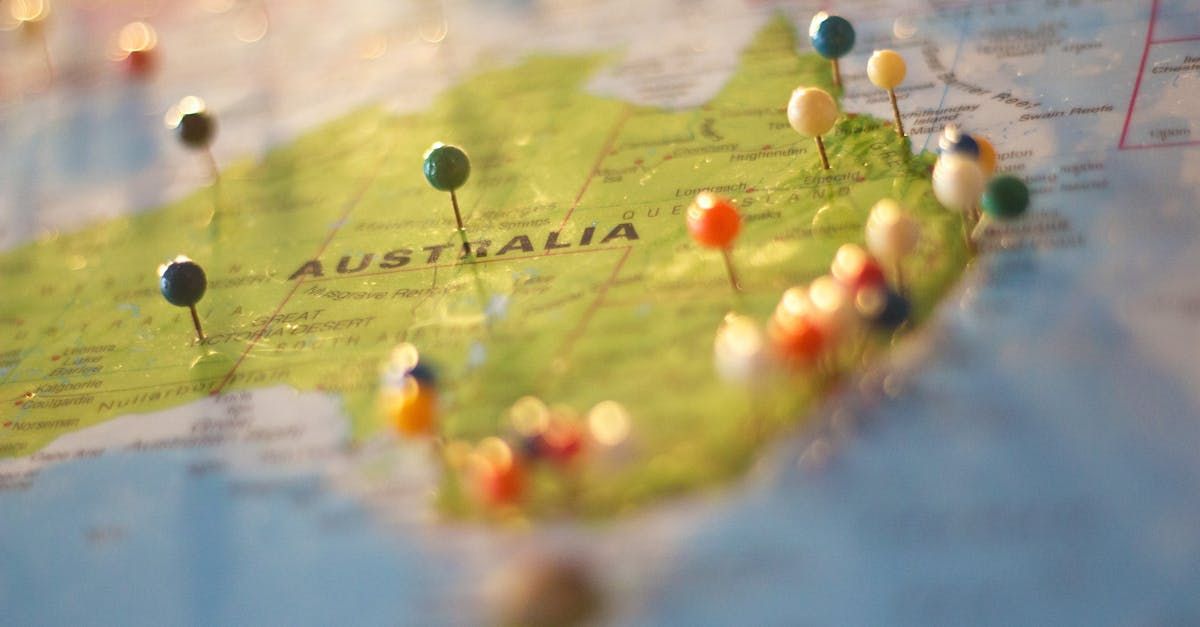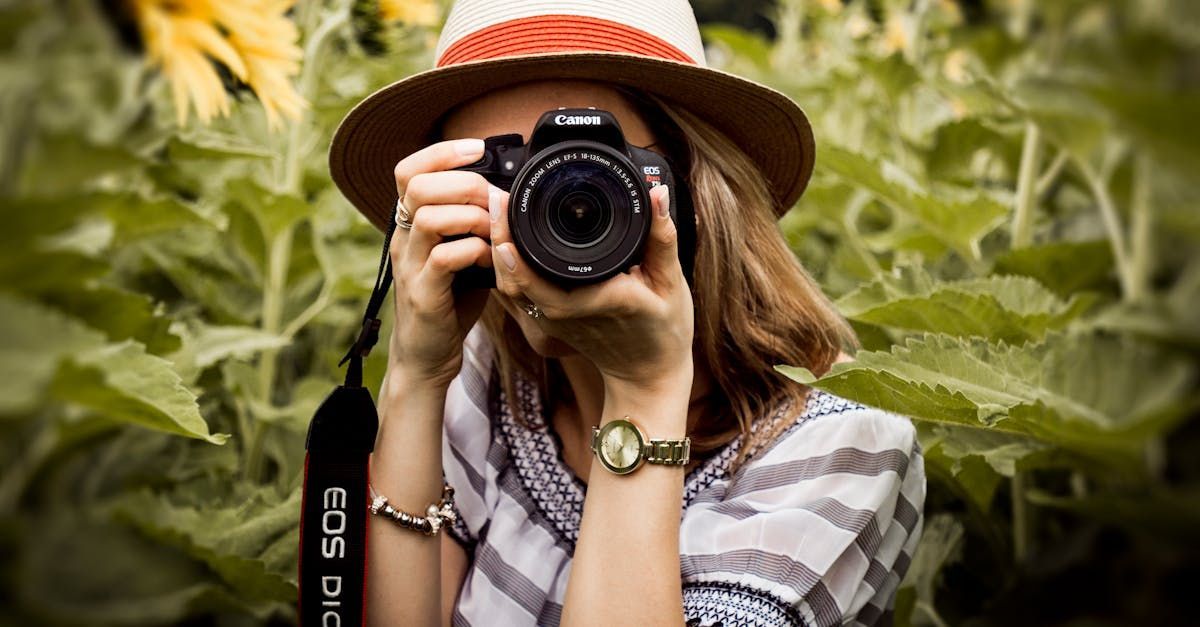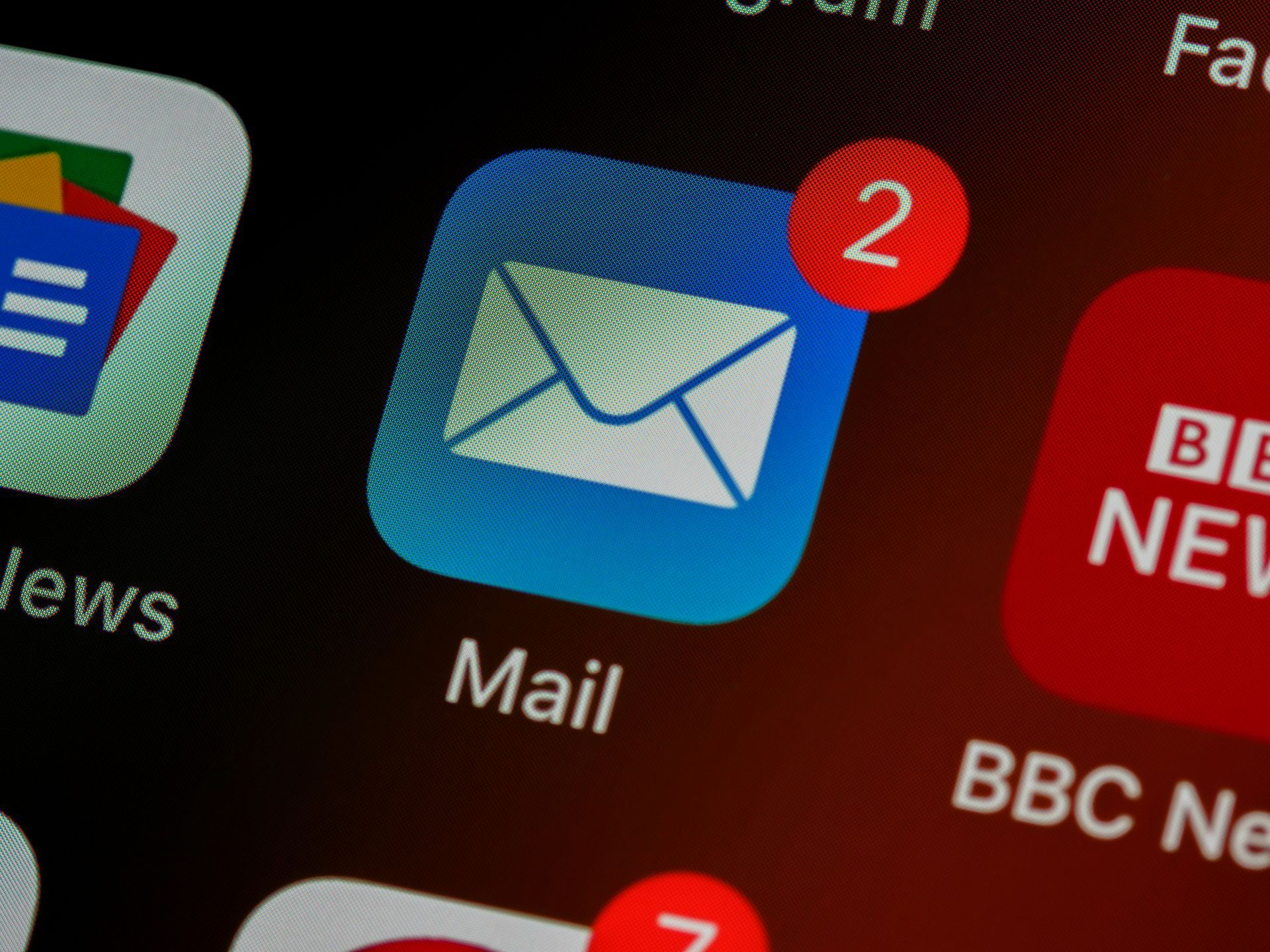
How to Choose the Ideal Location for Your Photoshoot

Choosing the ideal location for a photoshoot is crucial to creating impactful and memorable images that resonate with your clients. Whether you're an experienced photographer or just getting started, the right location can set the tone, convey a story, and enhance the overall aesthetic of your shoot. The environment you choose should not only complement your subjects but also align with the theme and mood you aim to create. Here are ten essential tips to help you find the perfect spot for your next photoshoot.
1. Align with the Client's Vision
The first step in finding the ideal location for a photoshoot is to understand your client's vision. Engage in a detailed discussion to grasp their ideas, preferences, and expectations. Are they envisioning a rustic outdoor setting, a sleek urban backdrop, or perhaps a cozy indoor environment? By aligning your location search with their vision, you can ensure that the final images reflect their desired style and mood. This approach not only leads to higher client satisfaction but also streamlines the selection process, allowing you to focus on the most suitable options right from the start.
2. Prioritize Lighting
Lighting is a cornerstone of great photography, and it can significantly influence the mood and quality of your images. When scouting for the ideal location for a photoshoot, consider how natural light interacts with the environment at different times of the day. Locations with varied lighting conditions, such as open spaces, shaded areas, or spots with reflective surfaces, offer creative opportunities to capture your subjects in the best possible light. Understanding how lighting will affect your chosen location enables you to plan for optimal shooting times and achieve the desired effects in your photos.
3. Visit Locations in Advance
Conducting an on-site visit before the shoot is essential for choosing the ideal location for a photoshoot. By visiting the site ahead of time, you can evaluate key factors like lighting, background elements, and accessibility. Observing the location at different times of the day allows you to determine the best angles and lighting conditions for your shoot. Additionally, scouting the location in advance provides an opportunity to discover unique features or hidden spots that could enhance your photos. This preparation ensures that you are fully equipped to make the most of the location on the day of the shoot.
4. Ensure Permits Are in Order
Before finalizing a location, it's important to check whether a permit is required for professional photography. Public parks, beaches, and private properties often have regulations that require photographers to obtain permission or pay fees. Securing the necessary permits ahead of time helps you avoid disruptions and legal complications. Research the requirements for your chosen location and reach out to local authorities or property owners to confirm the details. Being proactive about permits reflects your professionalism and helps maintain a smooth and stress-free shooting experience.
5. Assess Accessibility
Accessibility is a key factor in selecting the ideal location for a photoshoot. Make sure the location is easy to reach for both you and your clients. Consider practical aspects such as parking availability, proximity to main roads, and the ease of transporting equipment to the site. If the location involves challenging terrain or requires a long walk, communicate this to your clients in advance, particularly if they have young children, elderly relatives, or mobility concerns. Choosing an accessible location ensures that the shoot is comfortable and enjoyable for everyone involved.
6. Evaluate the Background
The background plays a crucial role in the overall composition and focus of your images. When evaluating potential locations, look for backgrounds that are clean and uncluttered, allowing your subjects to stand out. Be mindful of distracting elements such as power lines, busy streets, or unwanted objects in the frame. Additionally, consider how the background complements your clients' attire and the overall theme of the shoot. A well-chosen background enhances the visual appeal of your images and contributes to a cohesive and professional final product.
7. Factor in the Time of Year
The time of year can greatly impact how a location looks and feels. A location that’s vibrant and lush in the summer might be stark and bare in the winter, altering its visual appeal. When selecting the ideal location for a photoshoot, consider how seasonal changes will affect the environment. The availability of natural features like foliage, flowers, and water can vary throughout the year, so plan accordingly to ensure the location is at its best during your shoot. Additionally, consider how weather conditions might affect your clients' comfort and the duration of the session.
8. Consider Personal Significance
Choosing a location that holds personal significance for your clients can add a deeper emotional connection to the photoshoot. Whether it's a place where they got engaged, a favorite family spot, or a location that reflects their hobbies or interests, these meaningful sites can make the images more personal and memorable. Discussing this option with your clients allows you to create a shoot that feels unique and tailored to them. A location with personal significance not only enhances the emotional connection in the images but also makes the experience more enjoyable and meaningful for your clients.
9. Have a Weather Contingency Plan
Weather can be unpredictable, so it's essential to have a backup plan in place. When choosing a location, consider what you will do if the weather doesn't cooperate. Having an alternative indoor location or a reschedule plan ensures that the shoot can proceed smoothly, regardless of weather conditions. Keep your clients informed about the possibility of weather-related changes and make sure everyone is on the same page. Being prepared for the unexpected demonstrates your professionalism and helps ensure that the session remains a positive experience.
10. Be Flexible and Adaptable
Flexibility is key when planning a photoshoot. Even with meticulous planning, unexpected opportunities or challenges can arise on the day of the shoot. Stay open to adjusting your location, angles, or timing if you find something that could work even better than originally planned. Sometimes, the most creative and memorable shots come from spontaneous decisions and last-minute changes. Embracing flexibility allows you to adapt to the situation and make the most of whatever the day brings, resulting in a more dynamic and successful photoshoot.
Conclusion
Choosing the ideal location for a photoshoot requires a mix of thoughtful planning, creativity, and adaptability. By following these ten tips, you can ensure that each session is set in a location that enhances the beauty and emotion of your photography. With the right location, your photos will not only meet your clients' expectations but also elevate your work to new heights.




